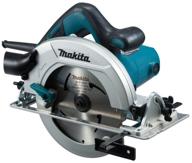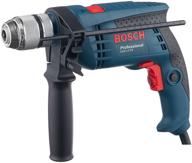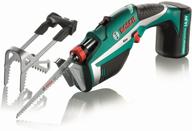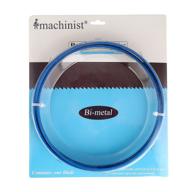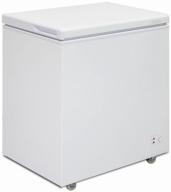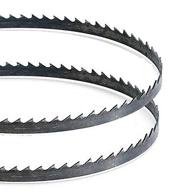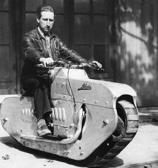
Review on 🔧 Rocaris 16 60mm Tungsten Titanium Coated Stainless Steel by Eric Wohlman

Do a good job and keep at it.
I have used these hole saws for electrical work, cutting holes in PVC, ABS, fiberglass, aluminum, mild steel and 304 stainless steel. When cutting metal I use CRC TrueTap cutting oil (thick and sticky), add as needed. After many holes in any material, the knives still seem sharp. For the most commonly used size, 22mm, I blunted the pilot drill (not the hole saw) several times. I have successfully sharpened the drill (including the parting point) using the Drill Doctor. I have two unused pilot bits left. In stainless steel I pre-drilled 1/4" holes with a cobalt steel drill bit - I don't expect a pilot drill bit to cope. The ejector spring has become quite soft after prolonged use and no longer ejects the disc bullet. At 1/4" thick Fiberglass I usually had to remove the pilot cap to get the ball out - not the case when the spring was new. Stretching the spring helps cut a few more holes, but it would be nice if the saw had a hole at the top for a punch. I've learned that you have to be very careful with whatever you're cutting (especially plastic) - the cutter will grab. and snatch from your hands everything you carve. The holes these cutters make in steel or aluminum aren't as clean as Greenlee's rotary hammers, but the cutters work in a much wider range of materials and thicknesses. A small burr in the metal can be removed with a deburring tool or stone if necessary. There are small chips in the fiberglass around the inlet and outlet sides of the hole. Cutting at moderately high speeds and with light pressure reduces this. Using oil when cutting fiberglass will make the hole cleaner but will leave a sticky mess that needs cleaning.
- This is amazing
- Some errors


